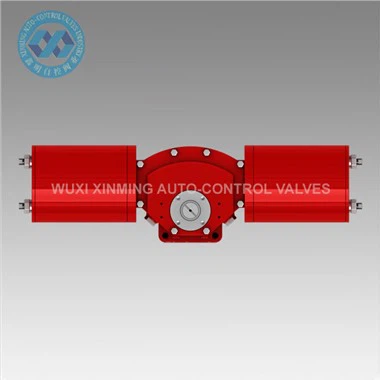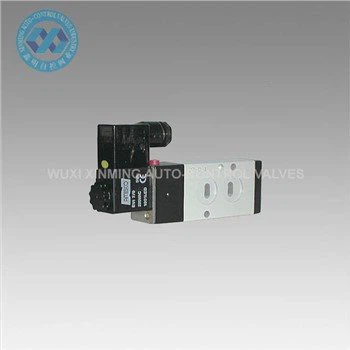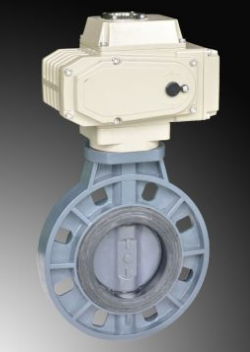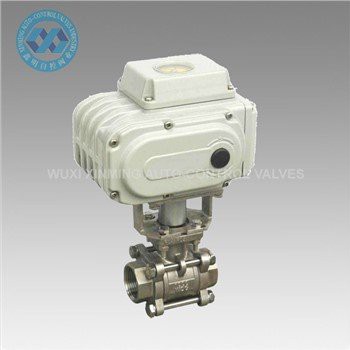Introduction
In modern industrial automation, pneumatic actuator flow control plays a critical role in ensuring accurate and reliable regulation of gases and liquids. Pneumatic actuators are widely used in applications such as chemical processing, water treatment, oil and gas, food production, and pharmaceuticals. By integrating flow control mechanisms, these actuators provide precise adjustment of valves, enabling safe, efficient, and cost-effective operation.
What Is Pneumatic Actuator Flow Control?
A pneumatic actuator is a device that converts compressed air into mechanical motion, typically to open, close, or modulate valves. When combined with flow control devices, such as positioners, regulators, and throttle valves, pneumatic actuators can finely adjust the flow rate of fluids in pipelines.
Key functions of pneumatic actuator flow control include:
-
Precise modulation of fluid or gas flow.
-
Maintaining process stability under varying pressure and temperature conditions.
-
Enhancing energy efficiency by optimizing compressed air usage.
-
Improving safety in hazardous environments where electrical actuators may not be suitable.
Types of Flow Control in Pneumatic Actuators
-
On/Off Flow Control
-
Used for simple open and close applications.
-
Common in shut-off valves for pipelines and tanks.
-
-
Modulating Flow Control
-
Provides variable positioning to regulate flow rates.
-
Ideal for process industries requiring continuous flow adjustment.
-
-
Speed Control
-
Flow control valves manage actuator speed by restricting air supply or exhaust.
-
Essential in applications where smooth motion is required.
-
Applications of Pneumatic Actuator Flow Control
-
Oil & Gas Industry: Regulating natural gas flow in pipelines.
-
Water Treatment: Controlling water flow in filtration and pumping stations.
-
Pharmaceuticals: Ensuring hygienic and precise fluid dosing.
-
Food & Beverage: Automating processes for consistent quality and compliance.
-
Chemical Processing: Safely handling corrosive or hazardous fluids.
Advantages of Pneumatic Actuator Flow Control
-
High reliability in demanding environments.
-
Fast response time compared to other actuation methods.
-
Cost-effective installation and operation.
-
Durability under extreme temperatures and pressures.
-
Explosion-proof operation in hazardous areas.
Choosing the Right Pneumatic Actuator for Flow Control
When selecting a pneumatic actuator for flow control applications, consider:
-
Torque and force requirements of the valve.
-
Type of valve (ball, butterfly, gate, or globe).
-
Operating environment (temperature, humidity, hazardous area).
-
Control method (manual, automatic, or remote-controlled).
-
Maintenance and lifecycle cost for long-term efficiency.
Conclusion
Pneumatic actuator flow control is essential for industries that require safe, precise, and efficient fluid management. By integrating the right actuator with suitable flow control devices, businesses can achieve improved process performance, energy savings, and long-term reliability. Whether in oil and gas, food processing, or water treatment, pneumatic actuator flow control ensures optimal results in automation and industrial operations.
If you want to learn more about low-priced products, please visit the following website: www.xm-valveactuator.com















